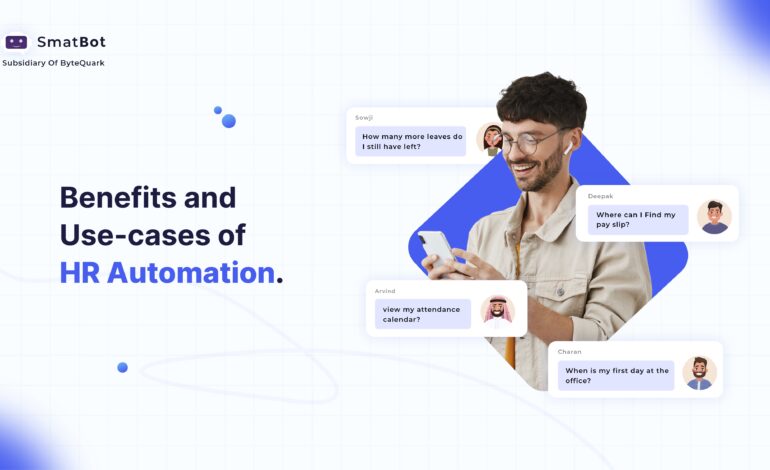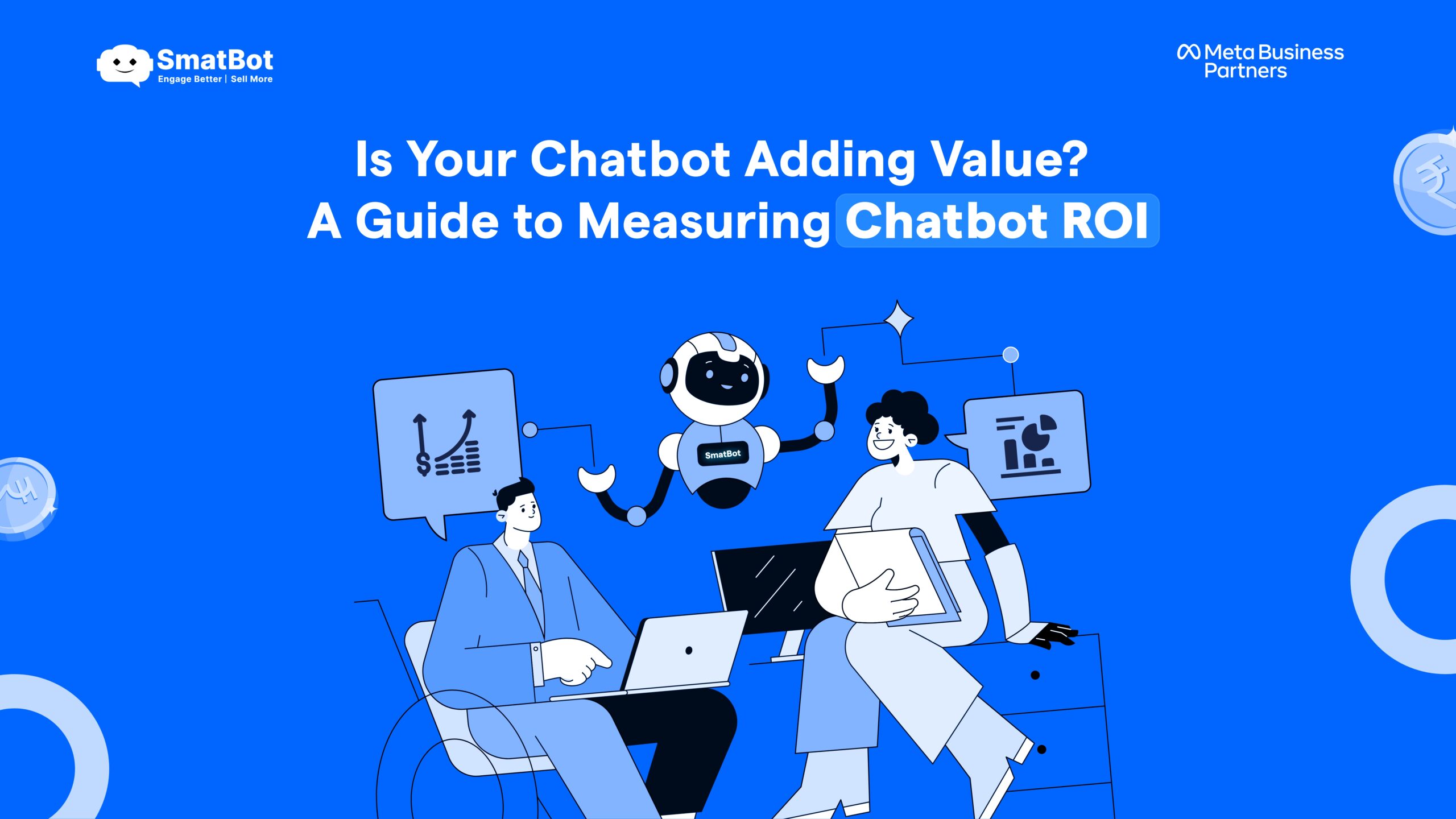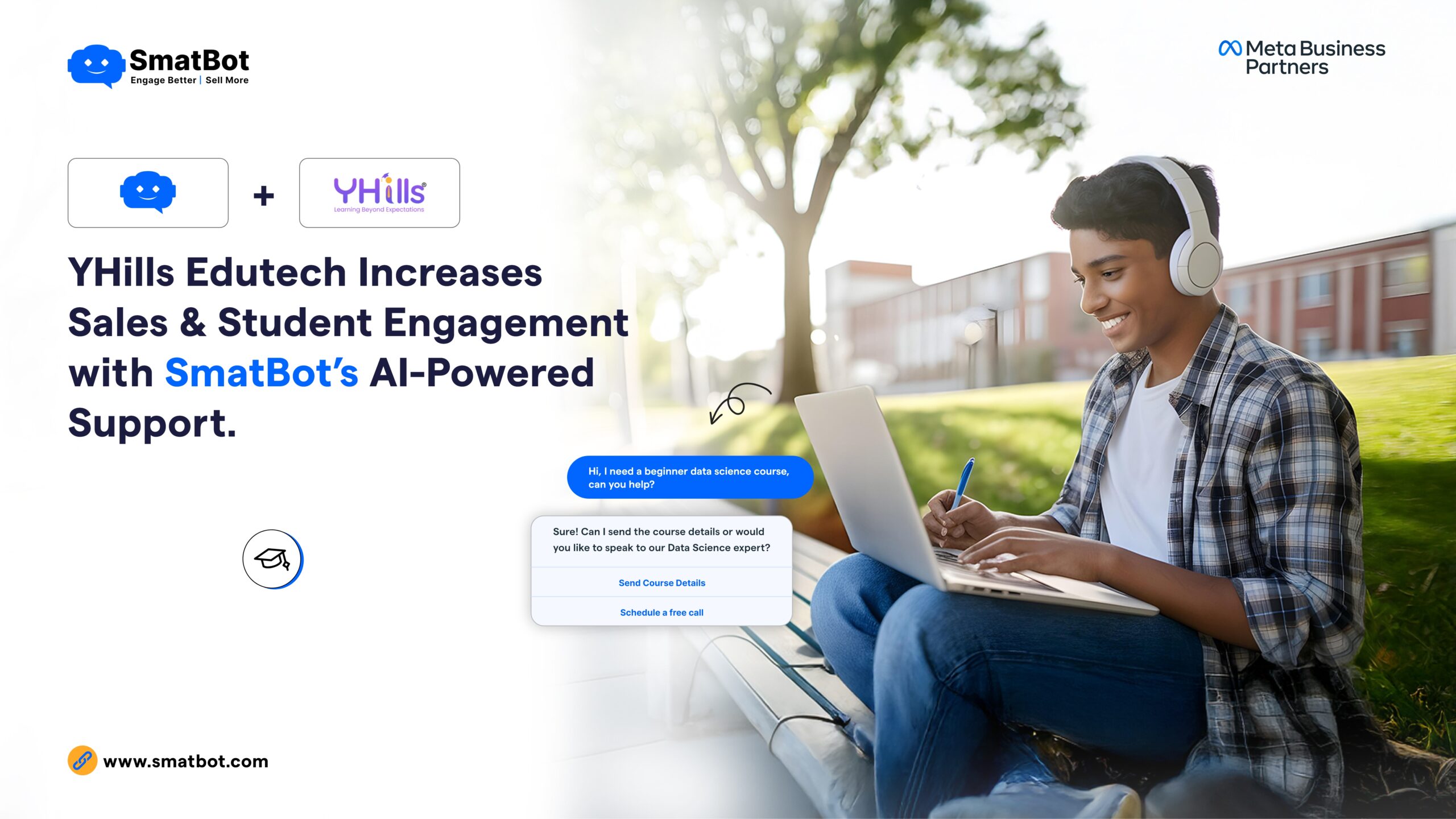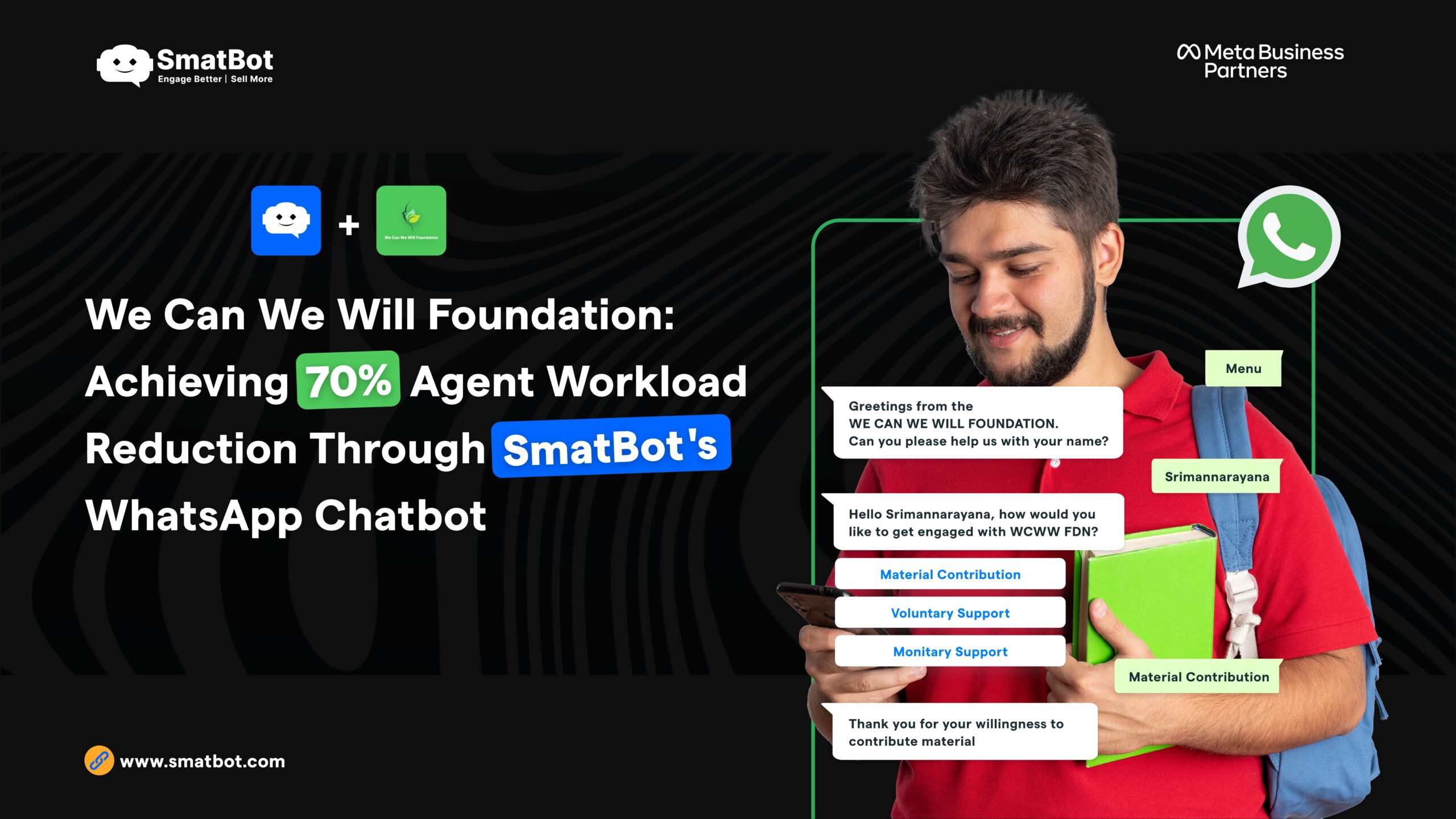Benefits and Use-cases of HR Automation

HR departments play a crucial role in every company, but they often face challenges with routine tasks such as managing employee relations, recruitment, onboarding, payroll and benefits enrollment. To boost efficiency, HR teams require automation tools to handle these tasks effectively.
HR automation frees up valuable time for HR teams, allowing them to focus on more strategic issues. However, when digitally transforming your organization, it’s crucial to strike a balance between automation and providing human support for employees. Be mindful of the HR workload to ensure a smooth transition. Companies are increasingly using automation for tasks like payroll, job interviews, resume screening and onboarding new employees.
In a recent survey conducted by Gartner, approx 50% of HR leaders identified HR automation technology as their top investment priority.
If you are curious to learn and implement HR automation technology to make your HR processes easier, this guide is for you.
What is HR Process Automation?
HR automation simplifies and speeds up essential tasks that are usually done manually. This includes repetitive work like managing vacations, tracking employee performance and handling talent recruitment which are prone to errors.
By automating these tasks, HR minimizes errors and frees up valuable time for strategic projects and employee concerns. In addition, HR automation tools ensure all documents and tasks are completed on time, eliminating the risk of loss. Moreover, it enhances the employee experience, leading to a more engaged and productive workforce.
Why Is HR Automation Important?
HR automation is crucial for saving time, money and human capital by automating manual tasks and improving efficiency. As per one report by G&A Partners, 73% of HR’s time is spent on administrative work. Here’s where automation can greatly improve HR professionals’ productivity, freeing them to focus on more strategic tasks like talent management and employee engagement.
Furthermore, HR automation helps bridge the gap between HR leadership goals and improved recruitment, onboarding and training programs. Many businesses that are not currently using this advanced technology in their HR operations are planning to do so for higher efficiency and productivity.
You don’t have to take our word for it, I have mind-blowing numbers to support our statements.
Below, I am sharing some of the impressive stats about HR automation:
- Nearly 57% of businesses plan to expedite their recruitment process. (IQ PARTNERS)
- A healthcare company saved almost $4000 per month by implementing HR automation. (Gravity Flow).
- 54% of HR leaders find automation technology as an efficient way to focus and invest their valuable time on important tasks. (Northeastern University)
Types of HR Automation
With the right HR automation system like SmatBot, your HR operations from onboarding to offboarding can easily go digital. This saves a lot of time and makes things better for employees and companies.
Here, I am highlighting some crucial HR processes that you should be automating to ease your workload:
- Recruitment Automation – With recruiting automation, you can find better and well-deserving candidates, conduct more efficient interviews and onboard them quickly. Here’s how recruitment automation helps: automating job postings, matching candidate’s profiles with job requirements, screening candidates, scheduling interviews and handling candidate communications.
- Onboarding Automation – Bringing in new employees often involves repetitive tasks like training sessions, induction programs, access to business applications etc. With HR automation, you can streamline this process from start to finish. This ensures new hires are productive from day one and enhances their perception of the organization.
Here’s how your onboarding automation helps: Automating handling paperwork, generating offer letters, sending welcome emails, scheduling training and induction programs, providing access to apps, setting up payroll and benefits and more. Platforms like SmatBot can also automate workflows like background checks, health insurance management and more.
- Offboarding Automation – When an employee leaves, it’s important to secure the company’s confidential data and gather feedback for improving the employee experience. Here’s how offboarding automation helps: Instantly revoke employee access to business applications, schedule exit interviews, send surveys and task updates and automatically update the company directory promptly.
- Day-to-day Automation – Don’t put a stop to your HR workflow automation once employees are settled in their new positions. Instead, leverage HR process automation to continually enhance their experience and keep them engaged.
Here’s how your day-to-day automation helps: automating workflows like sending recurring surveys, managing attendance and leave, notifying employees of HR process updates and providing health tips and reminders.
Benefits of HR Automation
You might be wondering why you should automate your HR operations. So, to remove the clouds of doubt, I am gonna highlight the top benefits of HR automation below.
Automating your HR processes brings many benefits, including:
- All Data in One Place – One major benefit of HR automation is having all your data stored in one place. This includes employee information like their profile, salary, leave history, tasks, documents and contact details. Moreover, you can easily control access rights and permissions to view information about other employees.
- Enhanced Communication and Collaboration – HR automation provides a clear picture of all the processes and stages, making it easier for everyone to understand their responsibilities. This enhances communication and teamwork.
- Streamline the Recruitment Process – By implementing HR automation, you can quickly post job openings, search for qualified applicants in a single database and collaborate with HR recruiters to select candidates.
- Create an Efficient and Highly Productive Team – Creating an efficient and productive team is much easier with HR automation. It allows HR leaders to save time, which can then be used for important tasks like training employees, conducting surveys etc. This leads to a stronger and more productive workforce.
- Increase Security and Reduce Human Errors – When dealing with HR data, security is a major concern. HR automation solutions minimize the risk of human errors and security breaches. They verify users before sharing confidential documents, reducing the likelihood of losing important company files or data.
- Better Resource Allocation – Automated processes make it easier to assign tasks correctly and ensure they’re completed on time. Additionally, HR automation ensures that the right people are doing the right tasks at the right time.
- Save Money on Printing and Storage – Sifting from paper to digital processes not only helps the environment but also saves money on storage and printing. Digital documents are easier to store, access and manage, which can reduce physical storage space and printing expenses.
- Improve Employee Satisfaction – An efficient HR automation system can help improve employee satisfaction by offering a streamlined experience. HR automation makes it easier for employees to access relevant information and quickly get the answers to their queries. Moreover, the improved experience enhances the bond between employers and employees.
Use-cases of HR Automation
Here, I am going to share some of the top use cases of HR automation:
- Recruitment and Applicant Tracking
- Onboarding and Offboarding
- Performance Management
- Payroll and Benefits Administration
- Leave & Attendance Management
- Training & Development Sessions
- Workforce Analytics and Reporting
- Employee Self-Service
- Time Management & Tracking
- Seamless HR Interaction
HR Automation Examples
Let’s take a look at some of the real-world HR automation examples:
- Storyblok, which is an Austrian tech company, increased its team size by 270% in just a year by helping new hires feel prepared from day one. They created a checklist that included meeting team members, setting up logins, getting equipment, learning about the workspace, and introducing themselves on Slack early. HR automation saved €2,500 each month and reduced pre-boarding time by 2 hours.
- Holland LP, which is a railway engineering company, automated 800 monthly field expense reports. They needed an automated system that could handle their unique expenses, so they used HR automation. This saved them 6 hours of work each month, reduced errors, and sped up reimbursement time from 5 days to 3 days.
- Alasco, a Munich-based startup, used automation solutions to speed up the speed at which new employees become productive. By automating their HR workflows, they made onboarding more organized and tailored to each team’s and department’s needs. This helped them grow their team by 67% in just one year.
- AstraZeneca uses HR automation to streamline talent acquisition and identify skill gaps internally, allowing them to fill specific roles faster.
Final Thoughts
In this article, we’ve explored how HR automation streamlines operations, boosts efficiency, and frees up valuable HR time. Imagine an HR department that’s not bogged down by repetitive tasks.
By implementing SmatBot’s HR automation services, you can automate workflows such as recruitment, onboarding, offboarding, and training. This allows your HR team to focus on important matters and build a better team. Embrace HR automation to help your HR team become strategic partners, bringing positive change to your company.




